How To Clean Your Camera ?
To clean your camera, start by turning it off and removing the battery. Use a soft, lint-free cloth or a camera cleaning brush to gently remove any dust or debris from the exterior of the camera body. Be careful not to apply too much pressure or use any harsh cleaning agents that could damage the camera.
For the camera lens, use a lens cleaning solution and a microfiber cloth or lens cleaning tissue to gently wipe away any smudges or fingerprints. Start from the center of the lens and move in a circular motion towards the edges. Avoid using excessive force or rubbing the lens too vigorously.
If there are stubborn stains or dirt on the camera body or lens, you can use a small amount of isopropyl alcohol on a cloth or cotton swab to gently clean the affected areas. However, be cautious and avoid getting any liquid inside the camera or lens.
Remember to clean the camera regularly to maintain its performance and extend its lifespan.
1、 Cleaning camera lenses and filters
Cleaning camera lenses and filters is an essential task for any photographer. Dust, fingerprints, and smudges can significantly impact the quality of your images, so it's important to keep your equipment clean. Here's a step-by-step guide on how to clean your camera lenses and filters:
1. Gather the necessary tools: You'll need a lens cleaning solution, lens cleaning tissue or microfiber cloth, a blower brush, and a lens cleaning pen. It's important to use a cleaning solution specifically designed for camera lenses to avoid damaging the coatings.
2. Start by using a blower brush: Use a blower brush to remove any loose dust or debris from the lens surface. This will prevent scratching the lens during the cleaning process.
3. Apply the lens cleaning solution: Put a few drops of the lens cleaning solution onto a lens cleaning tissue or microfiber cloth. Avoid applying the solution directly to the lens to prevent it from seeping into the lens barrel.
4. Gently wipe the lens surface: Using the lens cleaning tissue or microfiber cloth, gently wipe the lens surface in a circular motion. Start from the center and work your way outwards. Be careful not to apply too much pressure to avoid scratching the lens.
5. Remove stubborn smudges or fingerprints: If there are stubborn smudges or fingerprints, use a lens cleaning pen. These pens have a soft brush on one end to remove dust and a cleaning tip on the other end to remove smudges. Follow the manufacturer's instructions for using the lens cleaning pen.
6. Clean camera filters: To clean camera filters, follow the same steps as cleaning camera lenses. However, be cautious with filters as they are more delicate than lenses. Avoid using excessive force or pressure while cleaning.
It's important to note that the latest point of view emphasizes the use of microfiber cloths instead of lens cleaning tissues. Microfiber cloths are more effective in removing smudges and fingerprints without leaving lint or scratches on the lens surface. Additionally, it's recommended to clean your camera lenses and filters regularly to maintain optimal image quality.
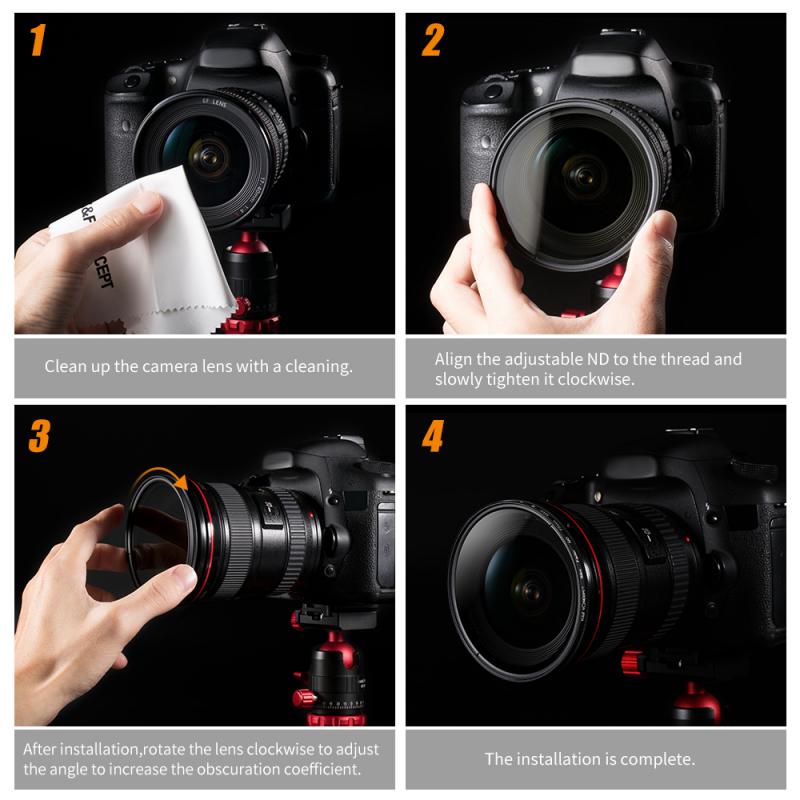
2、 Removing dust from camera sensors
Removing dust from camera sensors is an essential task for any photographer who wants to maintain the quality of their images. Dust particles on the sensor can result in visible spots or blemishes on your photos, which can be quite frustrating. Fortunately, there are several methods you can use to clean your camera sensor effectively.
One of the most common and safest ways to clean your camera sensor is by using a blower. A blower is a tool that blows a stream of air onto the sensor, dislodging any loose dust particles. It is important to use a blower specifically designed for camera sensors to avoid any damage. Simply remove the lens, set your camera to sensor cleaning mode (if available), and gently squeeze the blower to blow air onto the sensor.
If the blower method doesn't completely remove the dust, you can consider using a sensor cleaning kit. These kits usually include sensor swabs and cleaning solutions. It is crucial to follow the instructions provided with the kit carefully to avoid any damage to the sensor. Wet cleaning should only be done if absolutely necessary, as it carries a higher risk.
Another option is to use a sensor-cleaning brush. These brushes have soft bristles that can gently sweep away dust particles. However, it is important to use a brush specifically designed for camera sensors to avoid scratching the delicate surface.
In recent years, some camera manufacturers have introduced built-in sensor cleaning systems. These systems use ultrasonic vibrations to shake off dust particles from the sensor. While they can be effective in removing light dust, they may not be sufficient for more stubborn particles.
It is worth noting that prevention is key when it comes to keeping your camera sensor clean. Always be cautious when changing lenses, try to do it in a clean environment, and keep your camera body facing downwards to minimize the chances of dust entering the sensor chamber.
In conclusion, cleaning your camera sensor is a necessary task to maintain the quality of your images. Whether you use a blower, sensor cleaning kit, or brush, it is important to handle the sensor with care and follow the instructions provided. Regular sensor cleaning, along with preventive measures, will help ensure that your camera produces clean and blemish-free images.
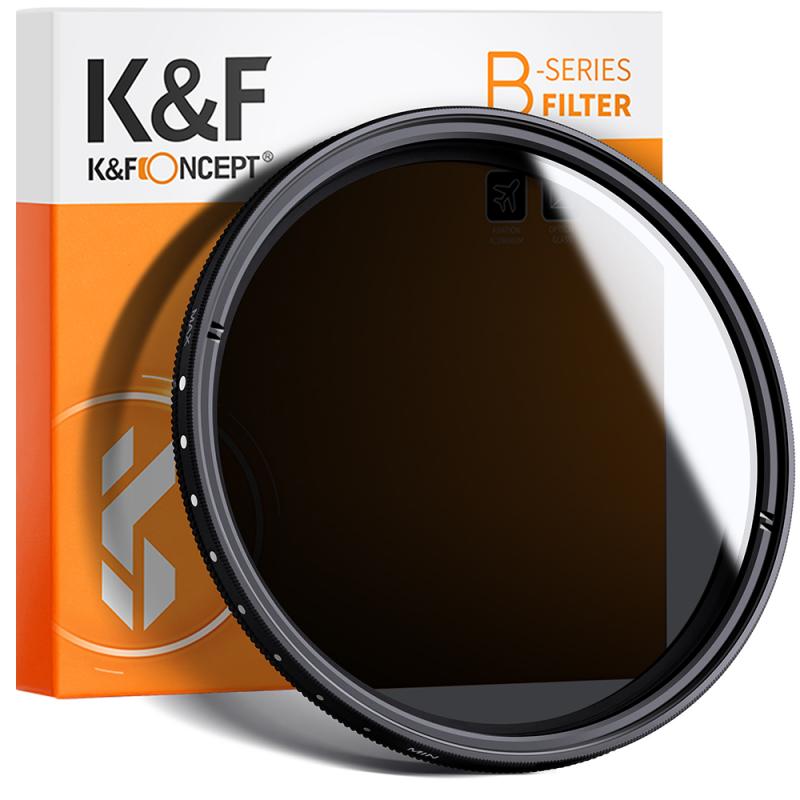
3、 Cleaning camera body and controls
Cleaning camera body and controls is an essential part of maintaining your camera's performance and longevity. Regular cleaning helps to remove dust, dirt, and fingerprints that can affect image quality and functionality. Here's a step-by-step guide on how to clean your camera effectively:
1. Power off your camera and remove the battery to prevent any accidental damage.
2. Use a soft, lint-free cloth or microfiber cloth to gently wipe the camera body. Pay attention to areas prone to dust accumulation, such as the battery compartment, memory card slot, and buttons. Avoid using excessive force to prevent scratching the surface.
3. For stubborn dirt or fingerprints, slightly dampen the cloth with water or use a specialized camera cleaning solution. Apply the solution to the cloth, not directly to the camera, and gently wipe the affected areas.
4. To clean the camera controls, use a soft brush or a clean, dry toothbrush to remove any debris or dust. Be careful around delicate buttons and dials to avoid causing any damage.
5. For the camera lens, use a blower brush or air blower to remove loose dust particles. Avoid using compressed air cans as they may contain harmful propellants. If necessary, use a lens cleaning solution and a microfiber cloth to gently wipe the lens surface in a circular motion.
6. Lastly, clean the camera's LCD screen using a microfiber cloth. If there are smudges or fingerprints, slightly dampen the cloth with water or use a specialized screen cleaning solution.
It's important to note that different camera models may have specific cleaning requirements, so always refer to the manufacturer's guidelines. Additionally, avoid using harsh chemicals or abrasive materials that can damage the camera's finish or lens coatings.
In light of the ongoing COVID-19 pandemic, it is also advisable to sanitize your camera regularly. Use alcohol-based wipes or a solution containing at least 70% isopropyl alcohol to disinfect the camera body and controls. However, avoid applying alcohol directly to the camera's LCD screen or lens, as it may damage the coatings.
By following these steps and maintaining a regular cleaning routine, you can keep your camera in optimal condition and ensure the best possible image quality.
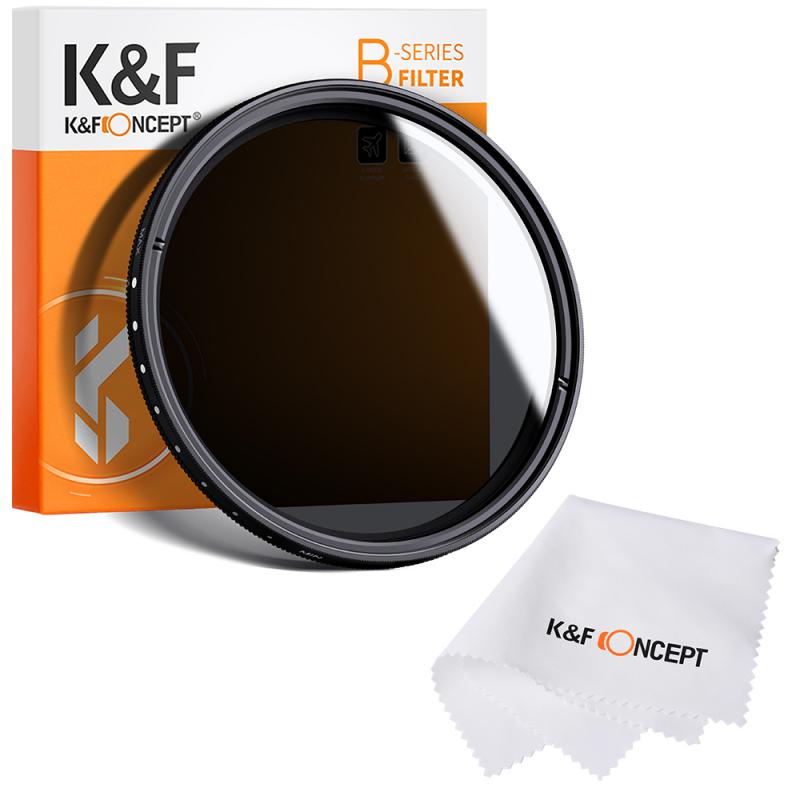
4、 Cleaning camera memory card and battery compartments
Cleaning your camera is an essential task to maintain its performance and longevity. Regular cleaning not only ensures clear and sharp images but also prevents dust and debris from damaging sensitive components. Here's a step-by-step guide on how to clean your camera:
1. Start by turning off your camera and removing the lens. Use a blower brush or compressed air to gently remove any loose dust or debris from the lens and camera body. Avoid using canned air as it may contain harmful chemicals.
2. Use a soft, lint-free cloth or microfiber cloth to wipe the camera body and lens. Dampen the cloth slightly with a mild cleaning solution specifically designed for camera equipment. Avoid using harsh chemicals or excessive moisture, as they can damage the camera's finish.
3. Pay special attention to the camera's memory card and battery compartments. Use a clean, dry cloth or cotton swab to remove any dirt or debris. Be careful not to touch the metal contacts inside the compartments, as this can interfere with proper functioning.
4. For stubborn dirt or smudges on the lens, use a lens cleaning solution and a lens cleaning tissue or microfiber cloth. Apply a small amount of the solution to the tissue or cloth and gently wipe the lens in a circular motion. Avoid applying excessive pressure, as this can scratch the lens.
5. Finally, clean the camera's LCD screen using a microfiber cloth. If necessary, use a small amount of LCD cleaning solution applied to the cloth. Avoid spraying the solution directly onto the screen.
It's important to note that camera cleaning techniques may vary depending on the specific model and manufacturer's recommendations. Always refer to your camera's user manual for any specific cleaning instructions.
In light of the ongoing COVID-19 pandemic, it is also advisable to sanitize your camera equipment regularly. Use alcohol-based wipes or a solution containing at least 70% isopropyl alcohol to disinfect the camera body, lens, memory card, and battery compartments. However, be cautious and avoid excessive moisture or direct contact with electronic components.
By following these cleaning guidelines, you can ensure that your camera remains in optimal condition, allowing you to capture stunning images for years to come.


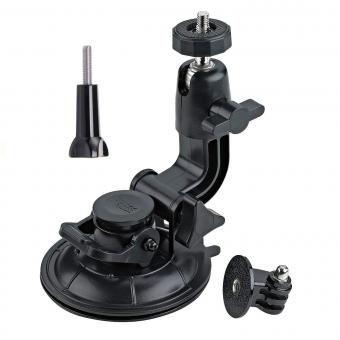

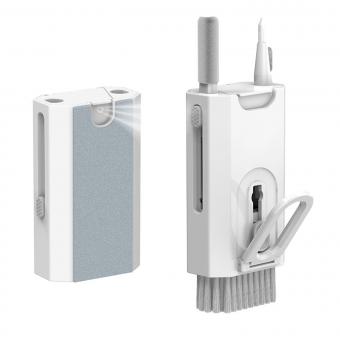
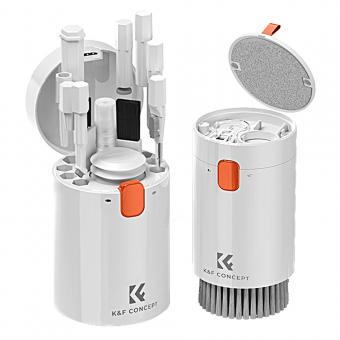








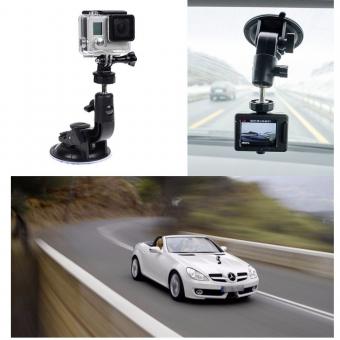





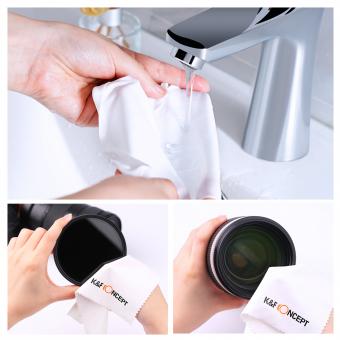



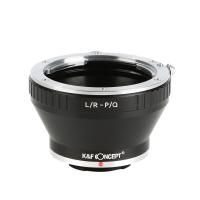

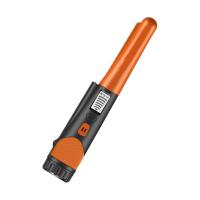
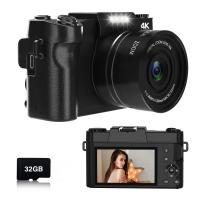



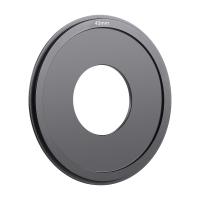

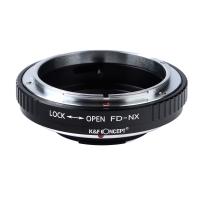

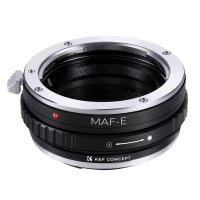

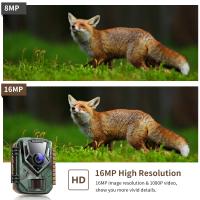

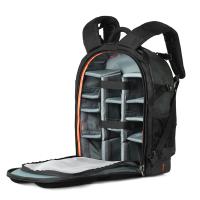
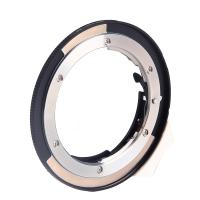
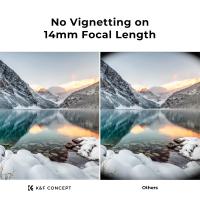
There are no comments for this blog.